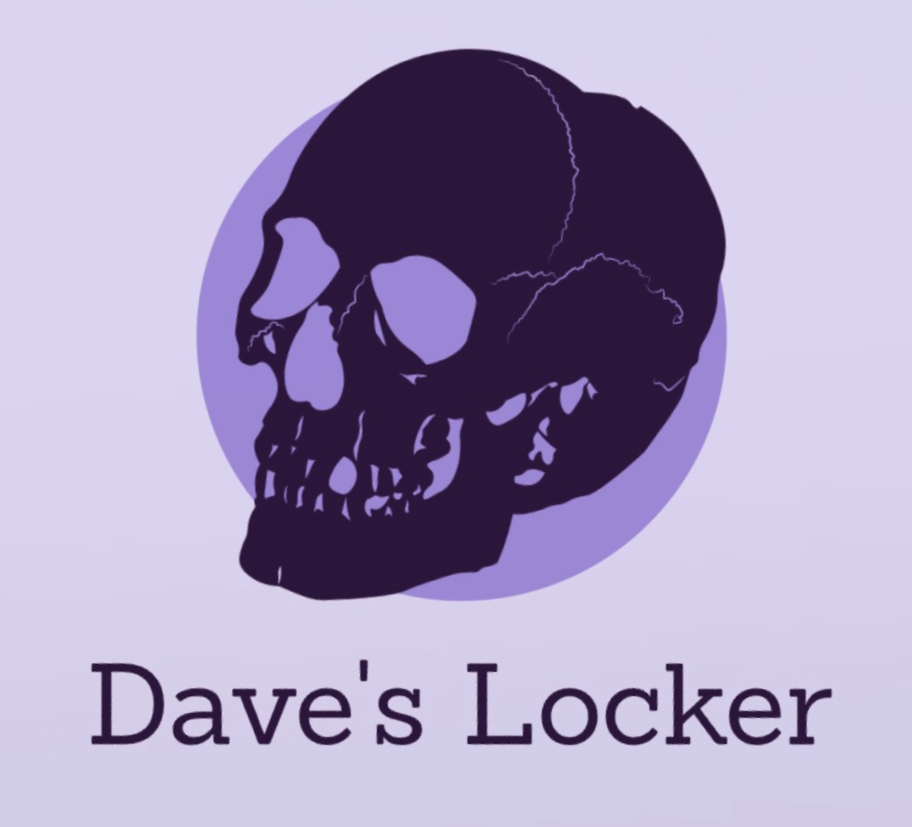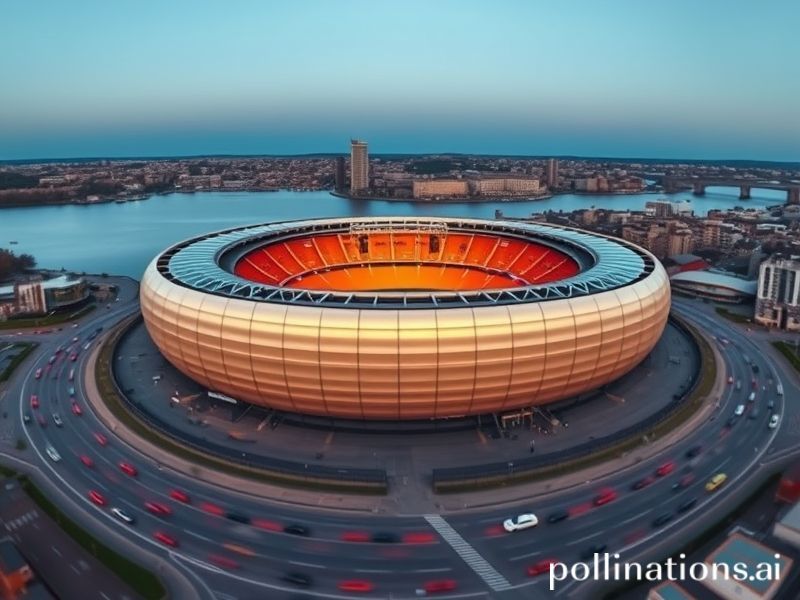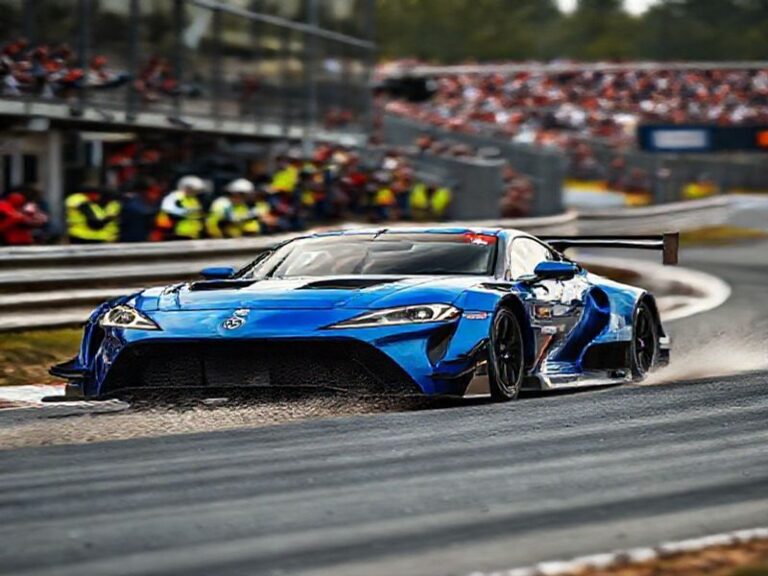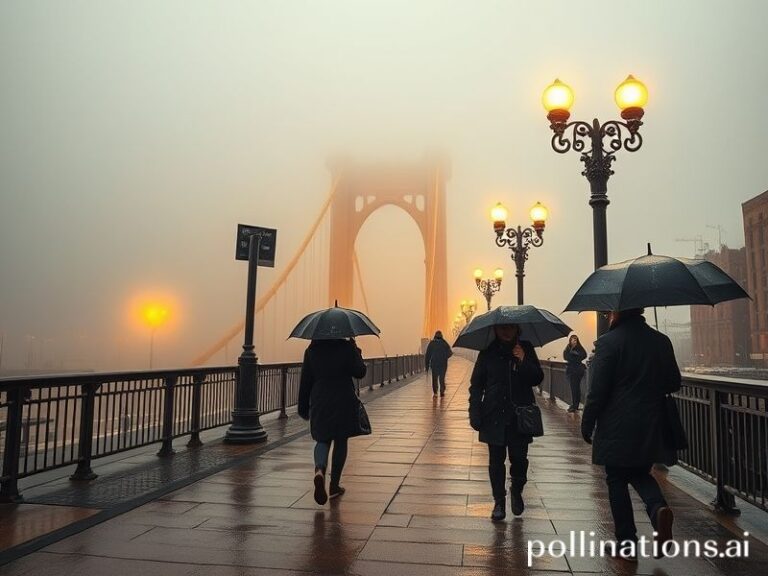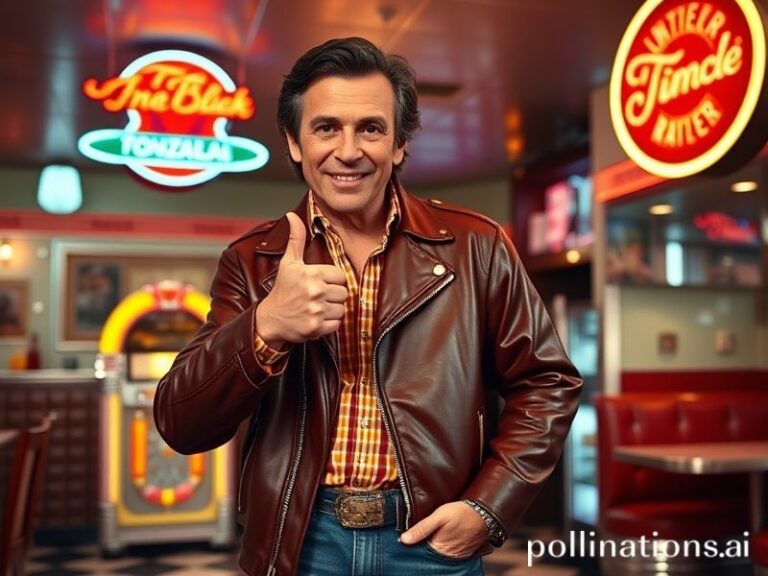Principality Stadium: How a Welsh Rugby Fortress Became the UN of Controlled Pandemonium
The Principality Stadium, Cardiff – a name that sounds like the sort of place where minor European royalty go to misplace their titles and their dignity in equal measure – has quietly become one of the planet’s most dependable temples of choreographed chaos. From the outside it resembles a giant metallic mollusc that washed up on the banks of the Taff and decided to stay for the rugby. Inside, 74,500 humans routinely discover that nationalism is just karaoke with better lighting.
Global broadcasters love the place because it looks spectacular in a typhoon, a commodity Wales keeps in strategic reserve for marquee fixtures. When the roof closes – a feature that still causes French engineers to mutter “sorcery” – the stadium mutates into a pressurised echo chamber where a single off-key chorus of “Hen Wlad Fy Nhadau” can be weaponised against visiting fly-halves. UNESCO has yet to list the noise as intangible cultural heritage, but only because the paperwork is still drying.
The international significance begins with the Six Nations, that annual festival where Europe’s former imperial powers gather to settle old scores without the inconvenience of gunboats. The stadium hosts more spies per square metre than Davos: Australian analysts clock scrum feeds, Argentinian talent-spotters scribble about flankers, and at least one North Korean “journalist” is still trying to figure out why the ball isn’t round. Meanwhile, the global betting syndicates headquartered in Malta and Curaçao calibrate algorithms off the bounce of every conversion – because if you can predict Welsh weather, you can probably predict the yen.
Then come the concerts. Beyoncé, Rihanna, and that other mononymous deity, Ed, have all plugged into the same sound system used for the national anthem, proving that the path to world peace is a shared mixing desk. During the Rolling Stones gig of 2018, Mick Jagger managed to out-wiggle the stadium’s earthquake sensors; seismologists in Tokyo registered the tremor and politely asked Wales to keep future gyrations under 4.5 on the Richter scale. Soft power, apparently, now comes with decibel limits.
But the stadium’s darker utility reveals itself when the UN isn’t looking. It moonlights as an emergency field hospital, flood-relief depot, and, during the 2020 pandemic, a mass vaccination centre where citizens received Pfizer and a complimentary miniature daffodil – because nothing says “public health” like pharmaceutical-grade twee. Even the anti-vaxxers queued; they claimed the roof interfered with 5G tracking chips, but they still wanted their free pin badge.
Economically, the venue is Wales’s single most successful export that isn’t Tom Jones’s libido. Every event triggers a transnational supply chain: Italian turf consultants, Qatari lighting rigs, Japanese toilet technology, and German beer that travels farther than most Erasmus students. Local GDP spikes correlate so neatly with Springsteen appearances that Cardiff Council briefly floated replacing its entire education budget with a residency by The Boss. The proposal died in committee, but only because nobody could agree on the encore.
And yet, for all its planetary swagger, the Principality Stadium remains endearingly parochial. The urinals still smell faintly of leeks, and the concourse TVs default to S4C even when the match is on ESPN. A Japanese camera crew once asked for directions to “the media gantry” and was directed to “past where Dai got sick in ’99, left at the pasty stand, can’t miss it.” They found it, naturally, and filmed an entire segment on the metaphysics of satellite uplinks next to a poster reminding patrons that “Cawl is not a weapon.”
In the end, the stadium is what happens when a small, rain-lashed nation decides that if the world won’t take it seriously, it will at least make the world hoarse trying. The Principality doesn’t host events; it absorbs them, regurgitating a version seasoned with damp pride and industrial-strength irony. Global dignitaries leave clutching branded lanyards and the unsettling realisation that they have just participated in a 75,000-person in-joke they will never fully understand. And that, in our age of performative authenticity, might be the most honest transaction on offer.
